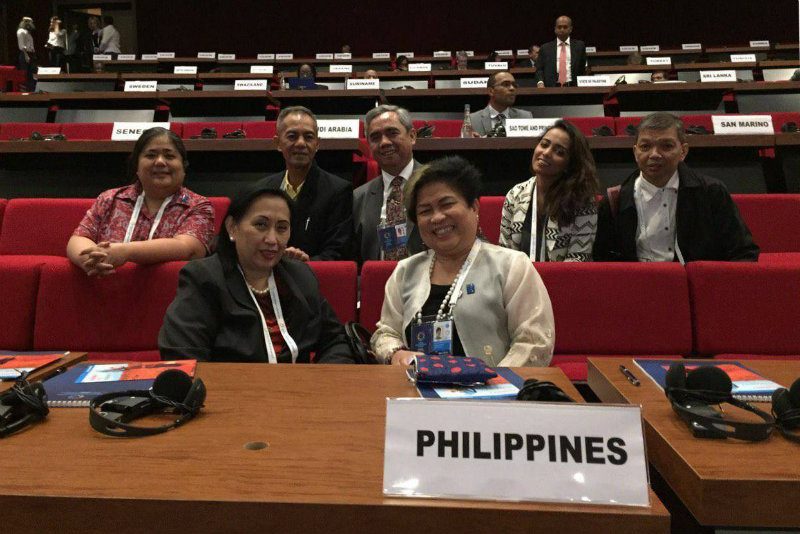SUMMARY
This is AI generated summarization, which may have errors. For context, always refer to the full article.

MANILA, Philippines – What is the country’s stake at the first World Humanitarian Summit?
On Monday, May 23, world leaders and international aid groups gathered in Istanbul, Turkey for the two-day World Humanitarian Summit. The unprecedented United Nations-backed summit seeks to develop and transform the world’s response to crises triggered by conflict and climate change.
As one of the biggest recipient of humanitarian aid during disasters, the Philippines acknowledges its crucial role in the summit.
In the immediate aftermath of Super Typhoon Yolanda (Haiyan) alone, the UN’s funding appeal drew $468 million (P21.95 billion) or 60.3% of the requested $776 million (P36.4 billion). UNICEF, on the other hand, exceeded its own appeal of $119 million, getting $156 million (P7.3 billion) for its Strategic Response Plan.
The Philippine delegation, headed by Department of Social Welfare and Development (DSWD) Secretary Dinky Soliman together with leaders from various non-governmental organizations, traveled to Istanbul, Turkey to present the country’s commitments and calls to over 60 heads of state and government convening in the summit.
Localized response
The call of Phlippine civil society organizatons is simple: to localize humanitarian emergency response towards participation, cooperation and empowerment.
Based on the after the pre-WHS forum they conducted in April, they have enumerated 6 specific strategies to achieve this:
- Affirm the primary role of local communities as front liners in disaster preparedness, response and resilience.
- Build and strengthen local coordination mechanisms among local stakeholders.
- Strengthen local capacity for disaster preparedness and humanitarian emergency response.
- Increase direct funding to local civil society organizations. Only 0.2% of humanitarian aid goes to national and local nongovernment actors.
- Provide for organizational development and process support in humanitarian action.
- Reaffirm the Principles of Partnership among stakeholders and actors.
Community preparedness and empowerment is a tried and tested method in reducing the number of casualties and damaged infrastructure during disasters in the Philippines.
“Humanitarian response can only be effective if we commit to coordinate and partner with local stakeholders in broadest possible scale to promote synergy and avoid duplication and compartmentalization of initiatives, assistance and services,”
Disaster Risk Reduction Network Philippines, one of the participating NGOs at the World Humanitarian Summit, said in a statement.
The UN estimates that there are 60 milion people displaced across the globe and at least 125 million requiring assistance and protection. The projection factored in the 20.2 million refugees who fled wars and persecution, according to the UN High Commissioner for Refugees (UNHCR).
“This is a once-in-a-generation opportunity to to set in motion an ambitious and far-reaching agenda to change the way that we alleviate and prevent the suffering of the world’s most vulnerable people,” UN Under Secretary General for Humanitarian Affairs Stephen O’Brien said. – Rappler.com
*$1 = P46.90
Add a comment
How does this make you feel?
There are no comments yet. Add your comment to start the conversation.